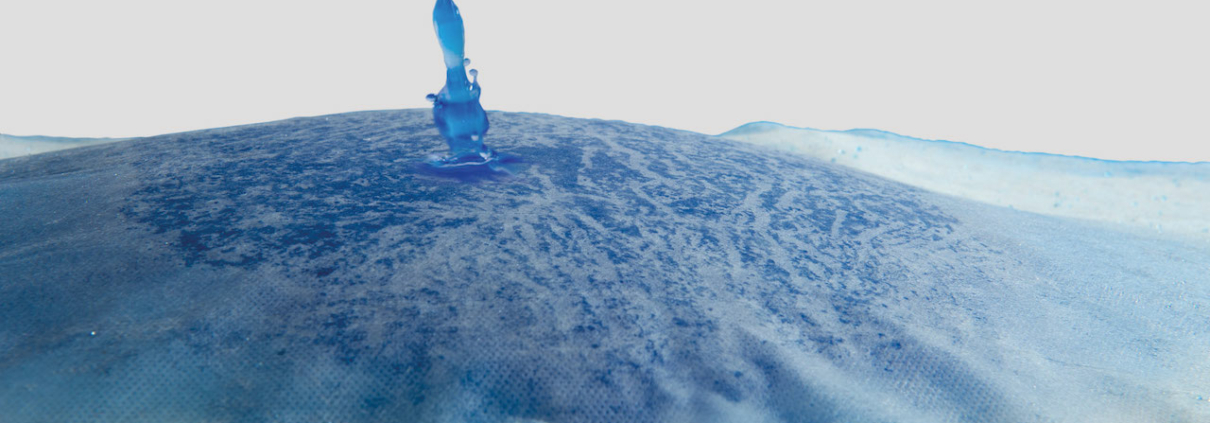Disposable Absorbent Mats: Inco Pads vs. T-Mat
Inco pads have long been the preferred solution for fluid control during certain hospital procedures.
What is an Inco Pad?
Despite the name (“inco” is short for “incontinence”), inco pads are no longer widely used for managing incontinence. Instead, they’re used as “procedure underpads”, to provide a temporary protective layer during procedures.
What Are Inco Pads Used For?
Practitioners use inco pads to protect laundry, furniture and equipment in clinical settings during certain fluid-intensive procedures. As a Standard Infection Control Precaution (SICP), this helps prevent cross-contamination.
Practitioners also use inco pads on floors to soak up fluid spills. This helps prevent slips and trips, the most common cause of injury in all workplaces. And because the pads are disposable, they can help reduce cleaning time and, by extension, turnaround time between procedures. So in a small yet significant way, procedure underpads can make the hospital as a whole more efficient.
The Problem With Inco Pads
Despite their relative ubiquity in healthcare settings, inco pads are by no means the most effective solution for fluid control during procedures.
This is because:
- Slippery backing
Some inco pads feature a waterproof backing which can be slippery, especially when wet. So instead of preventing slips and trips, some inco pads can become slip hazards themselves. - Can’t handle high volumes of fluid
Inco pads areabsorbent, but only to a point. They may not have the capacity to manage high volumes of fluids, so they may not be suitable for certain procedures. Inco pads also tend to drip when lifted, meaning that the floor then needs to be mopped after use and cross-infection risks are more likely. - Potential source of infection
There are concerns that inco pads may act as a potential source of infection through recycled cellulose. Though studies show the risk may be minimal if practitioners use the products as directed, they may still pose a minor risk for immunocompromised patients.
T-Mats – Advanced Fluid Management for All Procedures
If you are looking for a more absorbent solution that won’t drip, the T-Mat is a good alternative. It is the most absorbent floor mat on the market, capable of absorbing up to 8.5 litres of water or 3.5 litres of saline. This makes it perfect for use in operating theatres, though it’s also suitable for use in other settings, including maternity wards and burns units.
Within minutes the T-Mat gels liquids, becoming dry to the touch. It binds the fluid hygienically, so you can dispose of it in the clinical waste without any dripping. And because they’re more absorbent, you’ll likely only have to use one T-Mat for each procedure. On the other hand, you may have to plough through numerous inco pads during some procedures, which will slow you down while creating far more waste than necessary.
Also, where the waterproof backings of inco pads can present a slip hazard, T-Mats are non-slip and absorb fluid from below as well as above. So, as well as absorbing more liquid for more effective infection control, they’re also more effective at improving health and safety in the clinical environment.
Watch this short 46 second video to see how a T-Mat rapidly absorbs fluid and turns it to gel:
https://www.youtube.com/watch?v=EOQht1vrnL4
T-Mats – Try Before You Buy
T-Mats are exclusively available from Cairn Technology. These 72x36cm mats are available in packs of 100, so a single pack goes a long way.
Want to see for yourself how the T-Mat can dramatically improve cleanliness and efficiency during procedures? Then get in touch to request some samples. Then you can experience first-hand how the T-Mat compares to your current fluid management solution in terms of cost and performance.
To request some T-Mat samples, call us on 0333 015 4345. One of our representatives can even be on-hand in the theatre, to help you make the most of your sample T-Mat during your trial procedure.



